Heavy mortars: the heresy of modern life
In general, we have already spoken about heavy mortars more than once on our pages, so we didn’t plan at all. But a completely accidental press of a button on the TV - and instead of my favorite movie channel, I ended up on one of the state channels. And there was a transfer from the cycle "about the war." In principle, the week before May 9 and the week after is normal.
We talked about mortars. I was wary, especially since during this transmission frames were shown, as historical, as well as modern ones.
And in the studio there were certain personalities whom the presenters called "experts". I will not say a word about the level of competence of the "experts", it is clear that the plinth was higher. Those invited to the studio carried such heresy that their ears simply curled up.
The main message was great: since Berlin was taken in 1945 thanks to the heavy 160-mm mortars designed by Shirenin, Teverovsky and Shershn, then the modern 240-mm Tyulpan mortars are better not to come up with for the SVO in Ukraine.
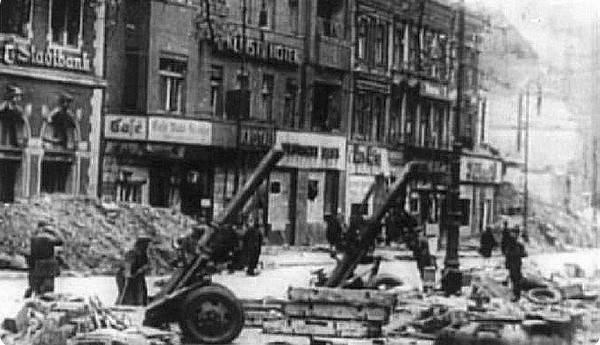
Yes, the Soviet MT-13 / M-43 was good. And those that followed were very even. I allow myself to give a link to an article five years ago, it seems to me that Staver and I worked out the historical part well then.
Stories about weapons. 160 mm division mortar M-160 1949 model year
However, we will not criticize the TV "experts". For the most part, these are people who have little understanding of the topic they are talking about. There, on television, there are somewhat different selection criteria for talk shows and other outrages.
But considering that not so long ago I raised the topic of mortars, then yes, it will be very useful to say a few words about heavy mortars in our time. Moreover, yes, in the article about mortars, I mainly talked about 82 and 120 mm calibers. Mars himself ordered to talk about large calibers.
So, are 240-mm mortars today as useful as 160-mm mortars of the Great Patriotic War?
Let's go to history. Normally.
So, 160-mm mortar MT-13.

The combat debut of the mortar took place in October 1944 in Lithuania in the zone of operations of the 3rd Belorussian Front. The 8th and 29th separate heavy mortar brigades of the High Command Reserve worked. Based on the results of the use of 160-mm mortars, a report “On the combat activities of brigades of 160-mm heavy mortars as part of the artillery of the 3rd Belorussian Front” was compiled by the commander of the artillery of the 3rd Belorussian Front, Colonel-General Mikhail Barsukov on December 20, 1944. The report was mostly positive.
“When firing at the destruction of dugouts and bunkers, 160-mm mines with a direct hit pierce them and completely destroy them, but even in the absence of a direct hit, due to a funnel formed in the ground, reaching up to 4,5 - 5 meters in diameter and 1,5 - 2 meters deep, and the strong action of the blast wave, the soil shifted, filling up dugouts and adjacent trenches.
But the general conclusions were:
1. Due to the limited range and low rate of fire (up to 1 round per minute), it is advisable to use heavy mortars during the period of artillery preparation for a breakthrough.
2. The most effective accuracy is achieved on the 2nd charge at ranges not exceeding three kilometers.
3. The mortar has good maneuverability, but insufficient rate of fire.
4. The mortar has a number of design flaws that need to be resolved.
5. Limited combat practice makes it possible to determine the feasibility of using a mortar both for destroying wood and earth structures and for suppressing firing points and manpower.
In general, not very good, right? But excuse me, Comrade Colonel-General Barsukov, a hero of the Soviet Union, knew his business, and knew it very well. Otherwise, he would not have served the country until 1961 as an inspector general of air defense of the Inspectorate of the Ground Forces.
In general, the Red Army quite calmly accepted the new weapon. The heavy mortar did not have such a psychological impact on the enemy as the Katyusha MLRS, and therefore, at least the 160-mm mortar proved itself in East Prussia, but it was assigned a rather static role: a rifle regiment could be armed with ONE battery (3-4 barrel) 160-mm mortars to perform especially important tasks related to the destruction of objects and positions of the enemy.
The rifle regiment, armed with 160-mm mortars, could independently and in a timely manner solve the tasks of destroying buildings during street battles, as well as destroy bunkers and bunkers of the field type.
But in general, the heavy, not quick-firing mortar did not receive much recognition.

And if we talk about Berlin in 1945, then everything was shot there, from 45 mm to 203 mm. Plus PTRs were also used to suppress points of resistance.
In general, as always, the "experts" are not exactly screwed up, no. It was just necessary to fill the air with something, so the gentlemen on TV were talking complete nonsense about the fact that it was heavy mortars that made a decisive contribution to the urban battles in Berlin.
In fact, there were few 160-mm mortars in the troops. Everything is logical, they were put into service only in 1944, because the army had less than five hundred of them in 1945. Specifically, 448 pieces.
It is clear that not all mortars hit the combat positions. A certain number of mortars simply had to be in reserve.
If you look at the payroll of the units armed with 160-mm mortars, you get the following picture: the MT-13 mortar was armed exclusively with heavy mortar brigades. The brigade consisted of four divisions, each of which in turn consisted of two batteries of 4 mortars.
In total, the mortar brigade was armed with 36 mortars: 32 in batteries and 4 spares. Brigades of heavy mortars were mainly part of special breakthrough artillery divisions, and not all divisions had such brigades. There were a small number of independent heavy mortar brigades.
So even as part of the fronts, heavy mortar brigades were a very rare occurrence even at the end of the war:
2nd Belorussian Front - 9th brigade;
3rd Belorussian Front - 8th and 29th brigades;
3rd Ukrainian Front - 15th brigade;
4th Ukrainian Front - 47 brigade.
And directly in the Berlin direction acted:
- 21 brigades from the 14th artillery division;
- 6 brigades from the 22th artillery division;
- 26th brigade of the 29th artillery division
acted as part of the armies of the 1st Belorussian Front.
As part of the 1st Ukrainian Front, there were 4 brigades of heavy mortars, but only two actually took part in the battles in Berlin:
- 48th brigade of the 25th artillery division;
- 49th brigade of the 4th artillery division.
16 brigades from the 1st Guards Artillery Division and 51 brigades from the 31st Artillery Division did not fight in Berlin.
Total: 5 brigades with a total of 160 mortars, excluding spares, took part in the battles for Berlin.
In general, this is very little.
For comparison, there is data on the composition of the artillery weapons of the shock army. The brigades that were part of the army included:
- 160-mm mortars - 32;
- 120-mm mortars - 290;
- guns 76 mm - 383;
- howitzers from 122 to 203 mm - 347;
- MLRS of all calibers - 206.
This does not take into account regimental, anti-tank and anti-aircraft artillery. Exclusively artillery brigades of divisional and army subordination.
Meanwhile, both anti-tank artillery and anti-aircraft artillery were easily used in street battles. Anti-aircraft guns easily fired at tanks direct fire since the beginning of the war and easily sent shells to the upper floors of buildings, where machine gunners or anti-tankers with "pacerfausts" were sitting.
It is not worth talking about how convenient it was to use small and light “forty-fives” and 76-mm regiments.
But in general - a myth. Moreover, hastily cobbled together and on the knee, without any effort at all. But still a myth. On the same level with the myths about attacks with cuttings from shovels and others.
No, without a doubt, the MT-13 heavy mortars were more than effective. And by the time the battle for Berlin began, our commanders were able to evaluate the effect of a 40-kilogram mine containing almost eight kilograms of explosives, falling almost vertically and with decent acceleration.
Naturally, there were few fortifications capable of withstanding such a “hello”. And on the account of one of the brigades of heavy mortars there were even two destroyed tanks.
So, on the one hand, a heavy mortar has become a recognized means of destroying any fortifications, on the other hand, it simply does not turn the language to call it decisive, playing some significant role. Too few 160 mm mortars were made, too few mines were fired compared to other artillery systems.
Of course, if the MT-13 became a mass phenomenon, becoming not part of separate brigades of heavy mortars, but, say, in divisional artillery, then, of course, one could talk about something like that.
But we will talk about continuity. Today, when there is more than enough work for mortars, the heavy 2S4 Tulip is back in action. And, absolutely in the same business of destruction of various objects and fortifications.
Yes, the Tyulpan has a slightly larger mine than the MT-13. 230 kg against 40. And it flies a little further, 19 km against 4. But this is progress.
In a previous article on mortars, I said that as a weapon, the mortar hasn't progressed much in the last 100 years. True, this concerned light mortars, 82-120 mm. Heavy mortars have just gone through a very impressive path of development. Compared to the Tulip, the heavy MT-13 looks like a light toy.
A lot has changed. Mortar weight, mine weight, firing range. Tactical nuclear charges appeared. Only the concept of application has not changed: to get the enemy behind concrete floors, embankments, buildings.
And it is a pity that the concept of information transmission on state TV channels has changed. Actually, where it all began. Fairy tales and myths, of course, are good. But it is not applicable to history, especially our military history. It is sad to watch talkers on TV screens who do not understand anything about the topics that they discuss as "experts", simply burning through the airtime that is paid for from the budget.
But this, unfortunately, is our reality. And according to the general concept of stupidity, we, apparently, will have to learn a lot more "interesting" facts about the Great Patriotic War. And God forbid that they were as harmless as 160 heavy mortars, thanks to which Berlin fell in May 1945.
As for the "Tulip", about which we once published a material with a large amount of photographic material, I will not repeat myself, I'll just send it here:
Mortars Self-propelled mortar 2C4 "Tulip". The most of the most…
At least these are two stories about mortars, in which there is a minimum of mythology.
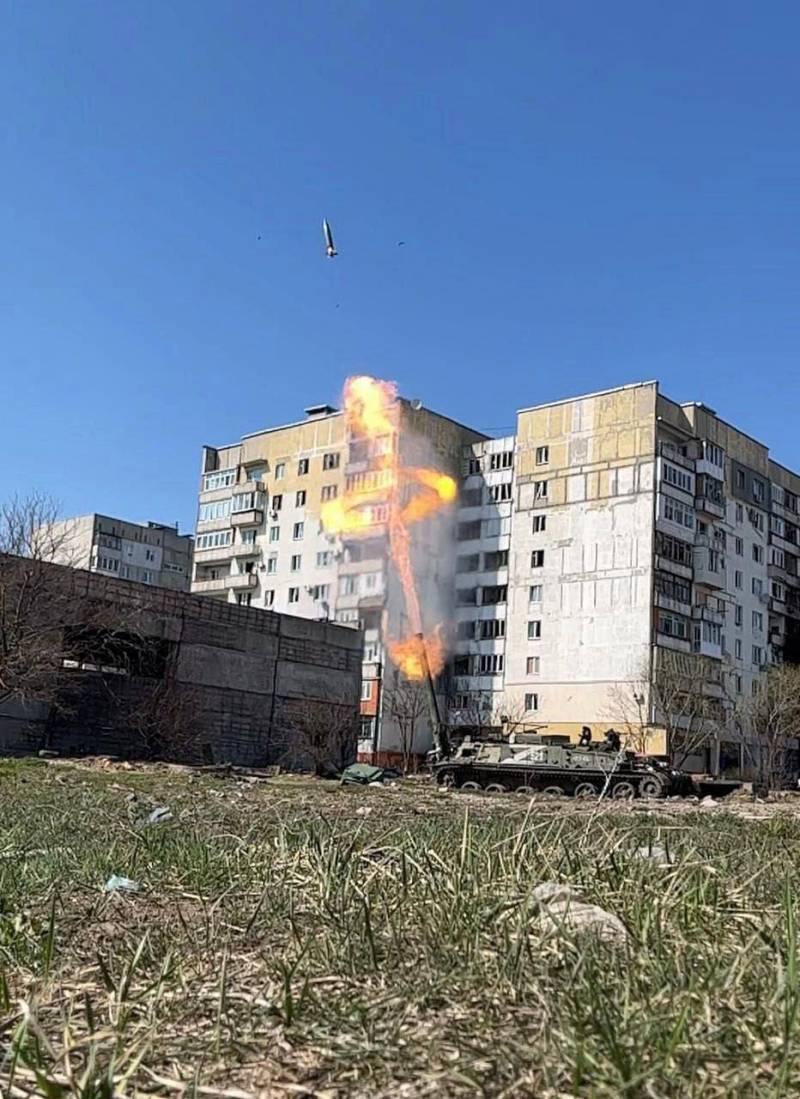
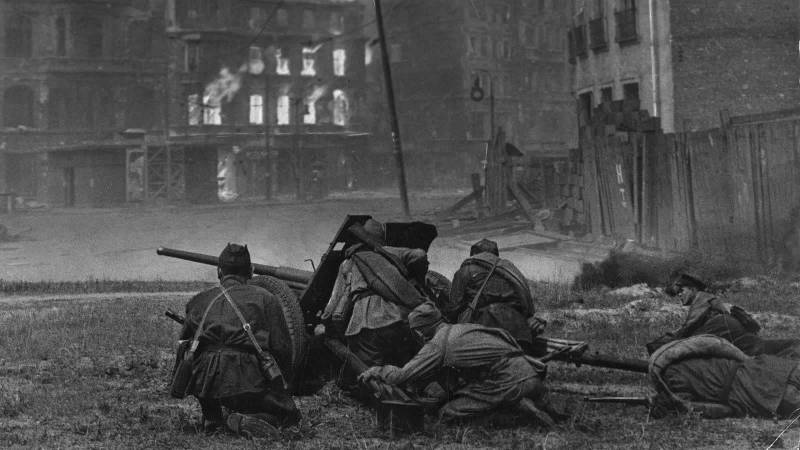

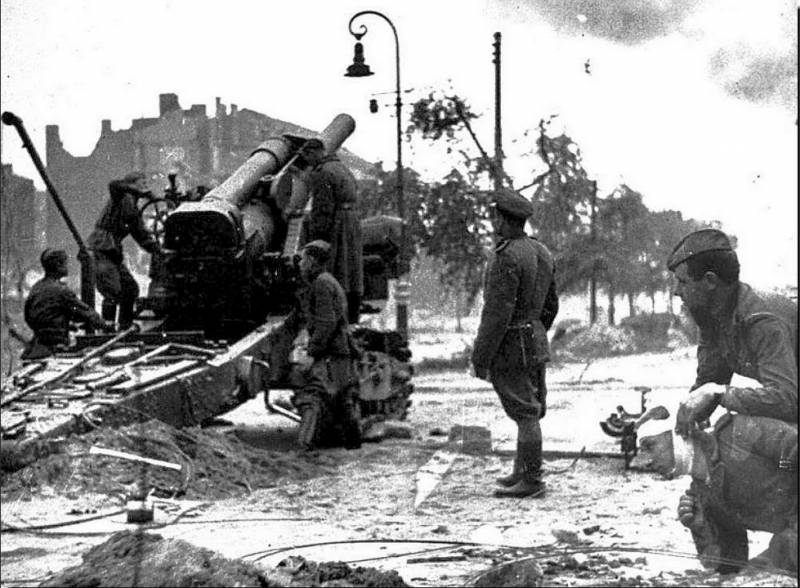
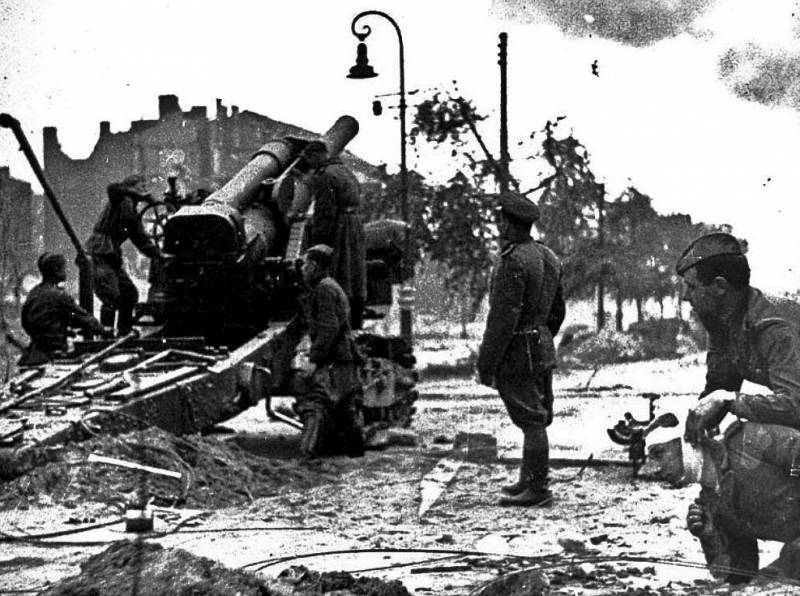
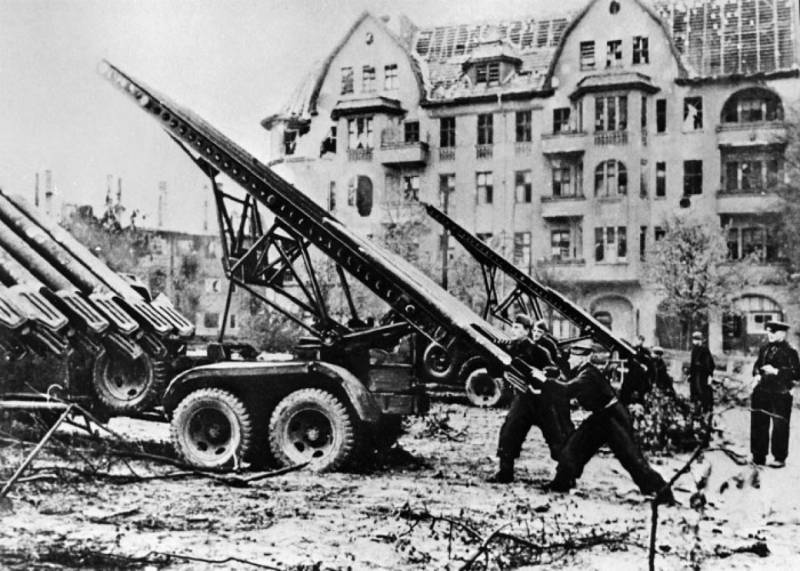

Information